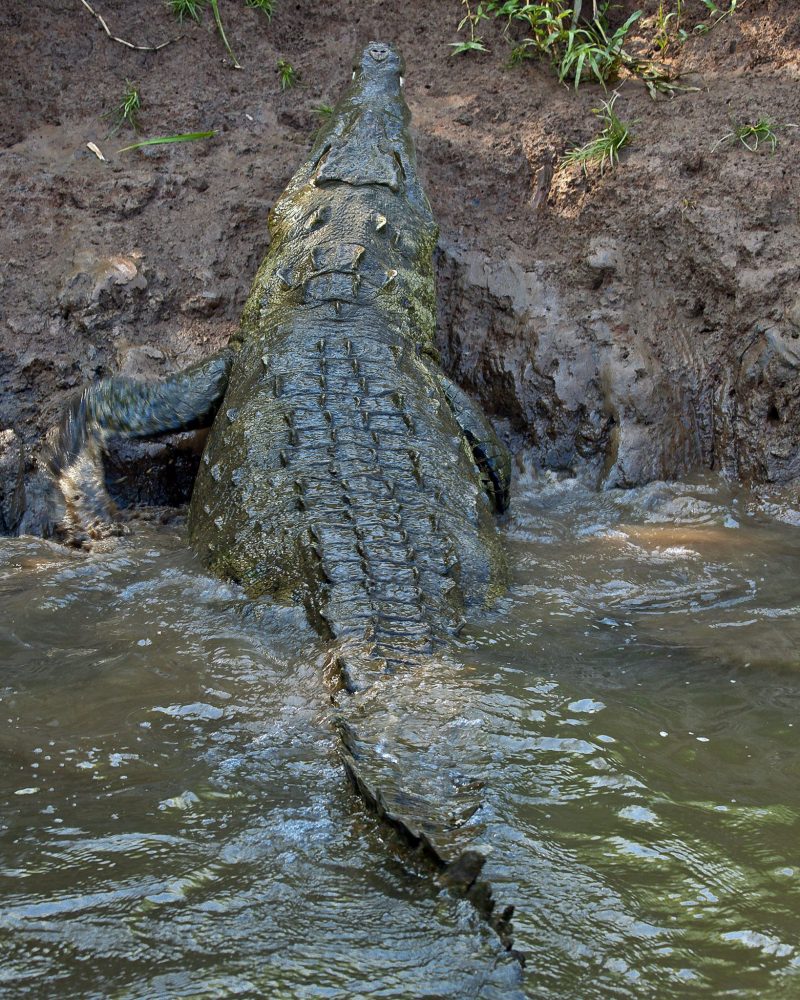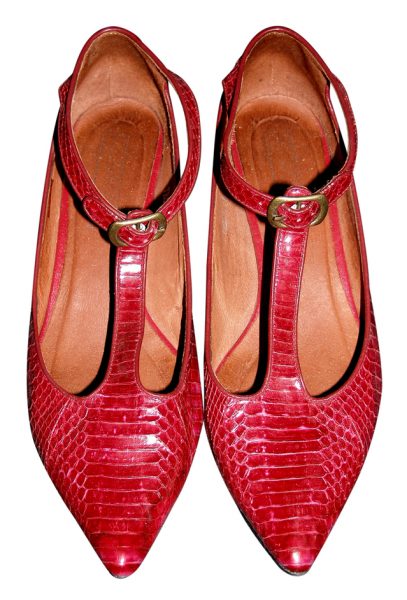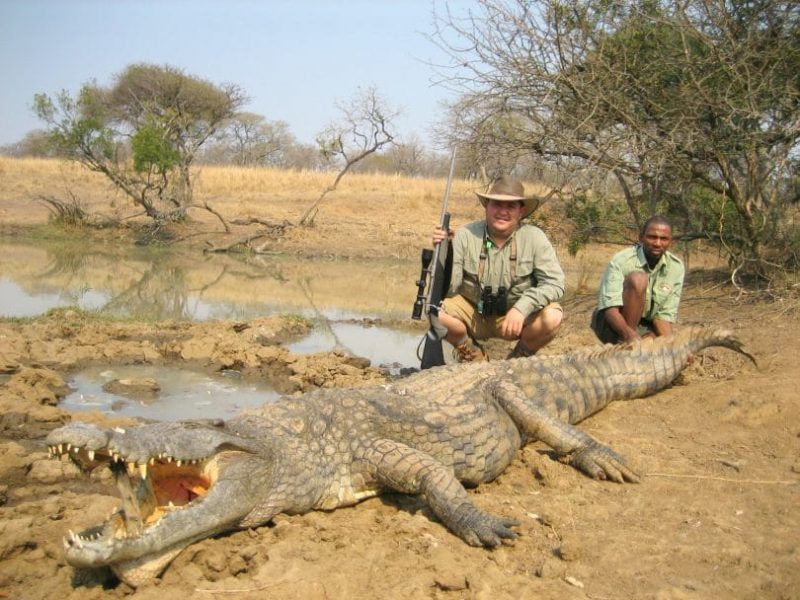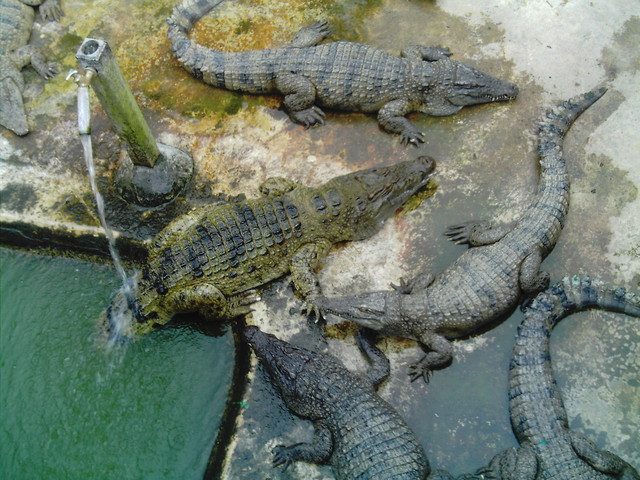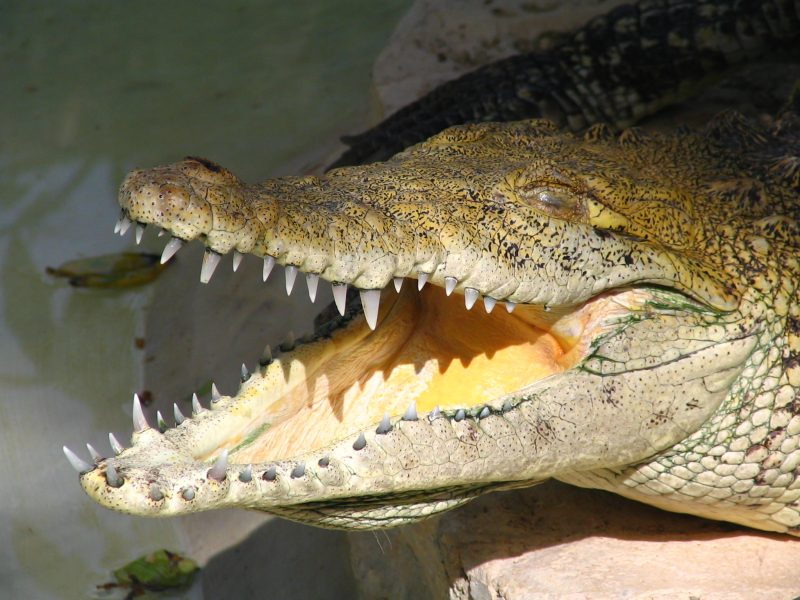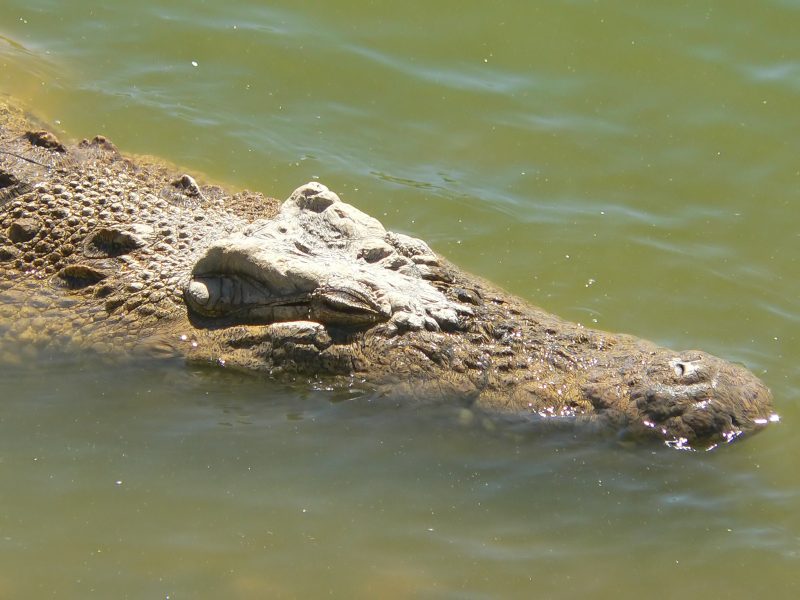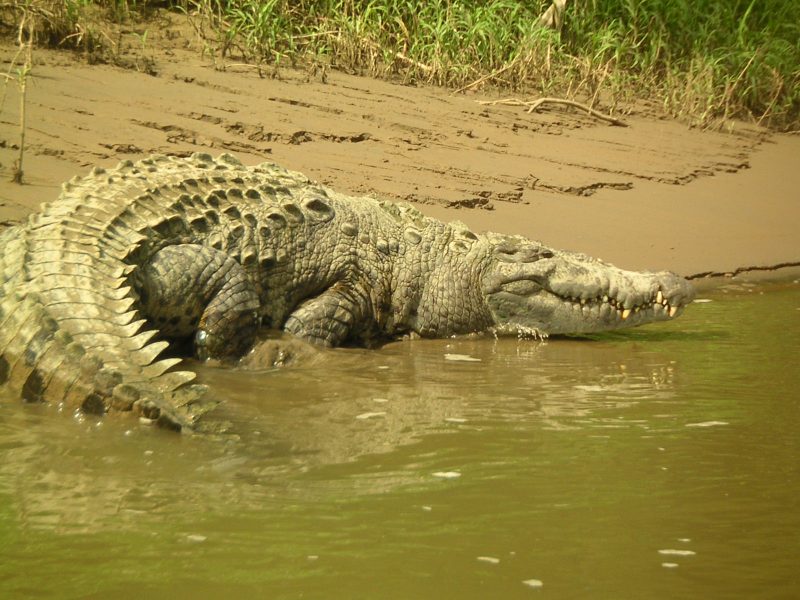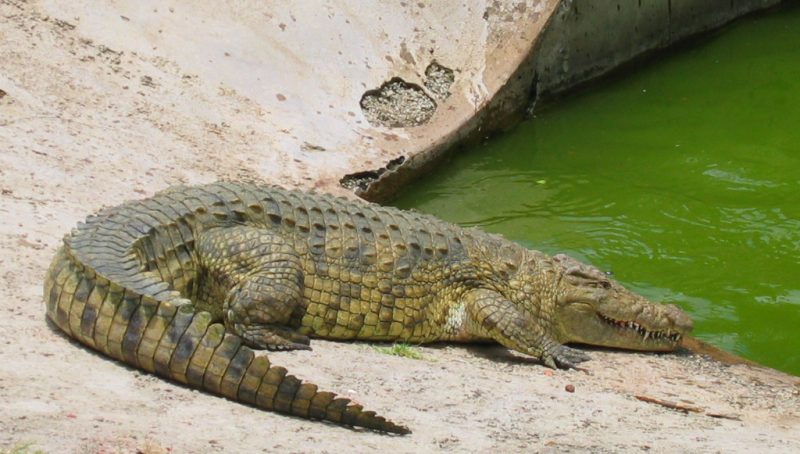Nile Crocodile Breeding In The Farm
Crocodiles have played an important part in human culture. Some people in the world worship them as supernatural creatures while some others use them for decorative or medical purposes. But hunting for skin and meat caused the greatest havoc to its survival. The value of crocodile skin depends on several factors. Needless to say, the Nile crocodiles found in Kenya is one of the highly sought out skins for making high-quality leather. It is the ossification in the belly that is a major factor that separates the skin of Nile crocodile from others.
Early crocodile hunting
The first records of the use of crocodile skins occurred in the Americas during the 1800s. Right after the Civil War, there was a huge demand for crocodile leather, particularly for footwear. As demand exceeded the resource and supply became scarce, Americans started harvesting crocodiles. The unregulated hunting substantially depleted these predators.
Reduction of populations
Demand for crocodile skins shot up exponentially during the subsequent economic revival and after the Second World War. Thus, in Africa, people began hunting Nile crocodiles in high numbers. This worldwide exploitation continued well into the 1970s, which resulted in a further reduction in the populations of Nile crocodile species. In some range, they were even extirpated and hunted to extinction.
Modern crocodile farming
With declining populations, the concept of crocodile farming started to take momentum. It was at this time that laws were enacted to regulate commerce in wild species, and many countries followed suit to protect and minimize pressure on the reptiles. Also, it was a means to generate incentives for crocodile conservation based on sustainable use. The farm can be a sanctuary and visitors can be charged an entry fee. As an investor, it is recommended to familiarize with the intricacies of the farm. Every person planning to keep crocodiles should apply for a farming license, through the KWS regional office.
Owning a farm
The term crocodile farm or ranch describes any facility that breeds crocodiles and grows them in captivity for commercial purposes. It also collects wild eggs, juveniles, and hatchlings that have a low survival rate to adulthood in the wild. Ranching, wild harvest, and captive breeding are the three production systems that apply to crocodiles. The Nile crocodile survives well in captivity. The Southern and Eastern parts of Kenya provide the ideal conditions for crocodile farming. The best place for a crocodile farm is where the terrain is flat, and the temperature is high. The advantage of this land is that it is cheaper to buy or lease.
Care in captivity
Crocodile eggs are available in the wild for free and young hatchlings are available from existing farms. Since mature females are capable of laying 70 eggs per season, it is highly advisable to gather as many of them as possible so the farm can use its maximum capacity. Crocodiles are wild reptiles, and they require special care to survive in breeding conditions to minimize damage to the skin on its belly caused by social interactions or from the substrate surface. Reduce density as they become larger, to promote growth and to reduce interactions between individuals. But most importantly they should be provided with enough food.
Processing of skins
Following removal of the skin, cure it with salt, which prevents the skin from rotting. The first step to converting it into leather is soaking. Then the scales are removed, chemical processes are undertaken to transform the skin to leather and the finished product dyed and made ready for manufacture. These procedures vary according to species. Well-established tanneries dealing with the highest quality crocodile leather is in Singapore, Europe, and Japan.
Range of uses
People breed conventional animals for their meat with leather being a by-product, but they grow crocodiles for leather, and meat is just a by-product. Their products have a broad range of other uses as well. The meat is sold commercially to restaurants abroad, most notably in the Far East and Europe, as it is considered an exotic meat. Hong Kong and China are the leading importers. The Chinese attribute healing powers to its meat and considers it as a cure for respiratory diseases. Interestingly, only fifteen percent of the meat reaches the market. Most often, the excess meat goes to other crocodiles. It eliminates waste and saves feeding costs in the crocodile farming business. Many farmers also feed them chickens that die on chicken farms, which poses no health risk to the reptile, but meat from these crocodiles is hazardous for human consumption.
Lucrative and expensive
Operating a crocodile farm has commercial potential. In Kenya, it ranks top among the business opportunities with the highest possible returns because its skins are very much in demand. As more people join the middle and upper classes, the demand for up-market products will continue to rise, which presents a unique opportunity for producers of crocodile skins.
But setting up a successful farm, although lucrative, is quite an expensive business, requiring working capital. It can cost a minimum of $2 million to set it up. The maintenance costs are very high. And it can take over five years before harvesting the initial stocks of the crocodile. Moreover, the business requires lots of expertise, patience, and confidence before it can make a profit selling the meat or skins in the market and reap the benefits. So, success in this business depends on significant capital and experience in crocodile behavior, biology, and nutrition. But after that, the payoffs can be high.
Demanded but vulnerable
High-quality crocodile skins that meet the standards and requirements of luxury brands go to Europe. Low-grade skins go to the Far East, where they make non-branded leather accessories out of it. Although there is a huge demand for Nile crocodile skin, the industry is quite vulnerable to economic changes. As it is an export-based industry, profitability relies on the exchange rate. Crocodile farmers took a big knock during the economic recession.
Highly regulated market
Crocodile farming is open to all. However, international trade of crocodile skins on the market is strictly regulated. Countries that export wild crocodile resources must prove that there is no threat to the survival of crocodiles. It typically involves monitoring of the wild crocodiles to assess the impacts of regulation, and the use of products in trade. Nowadays, due to high-quality demands and industry regulations, skins do not meet the standards on the international market, which has helped to save the dwindling populations worldwide.
5 Frequently Asked Questions About Crocodile Breeding
To receive a colourful digibook about crocodile with videos, images and text, please fill out the following form or simply email us on safaris@safari-center.com

